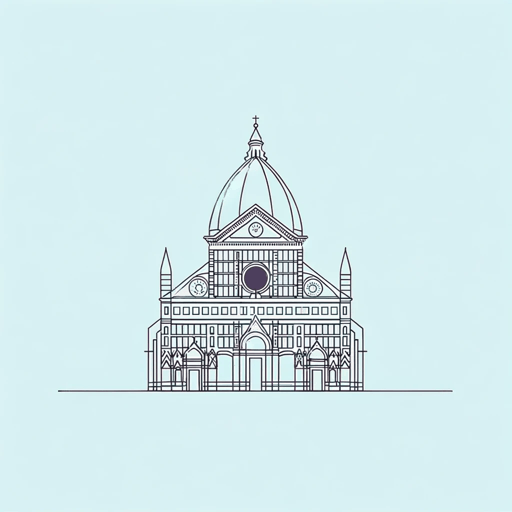85 pages • 2 hours read
Giovanni BoccaccioThe Decameron
Fiction | Novel | Adult | Published in 1353A modern alternative to SparkNotes and CliffsNotes, SuperSummary offers high-quality Study Guides with detailed chapter summaries and analysis of major themes, characters, and more.
Symbols & Motifs
Gardens
In The Decameron, gardens function as symbols of wealth and prosperity. The brigata are members of the rich noble class, people whose material wealth and privilege afford them the opportunity to escape from the social collapse brought to Florence by the Black Death. While the world falls apart in the city, they sit in a garden and tell each other stories for their own amusement. The garden becomes a symbolic extension of their privilege, a physical space which indicates how removed they are from the travails of the world beyond the confines of the villa. The garden is a relaxed, bountiful space which exists in stark contrast to the corpse-filled streets of the city. The more time the members of the brigata spend in the garden, the more inured to the travails of the world they become. The garden is an opportunity for them to escape the horrors of the plague, but the opportunity is only given to them because they are wealthy.
The members of the brigata tell stories and many of these stories involve gardens which perform similar symbolic roles. In these stories, gardens are private spaces. These private spaces are removed from public scrutiny, meaning that the people who meet in the gardens can transgress social norms and expectations without the fear of censure.

